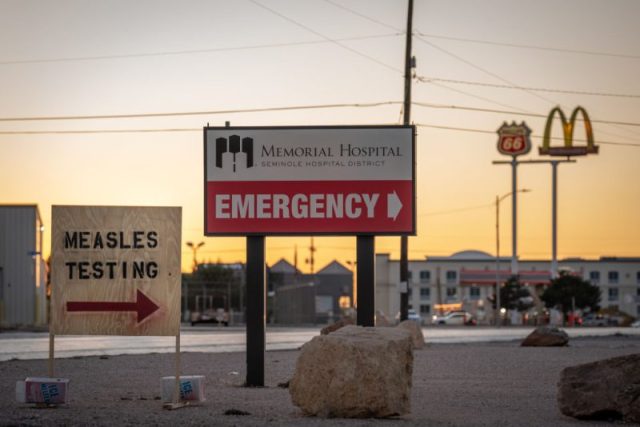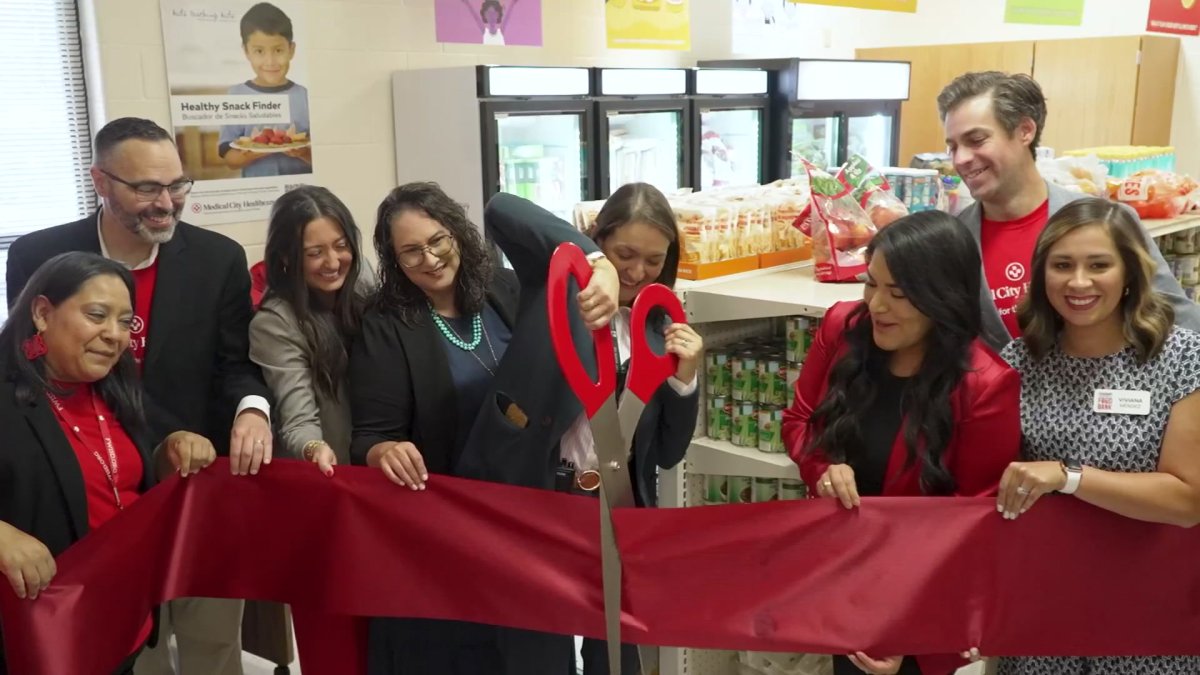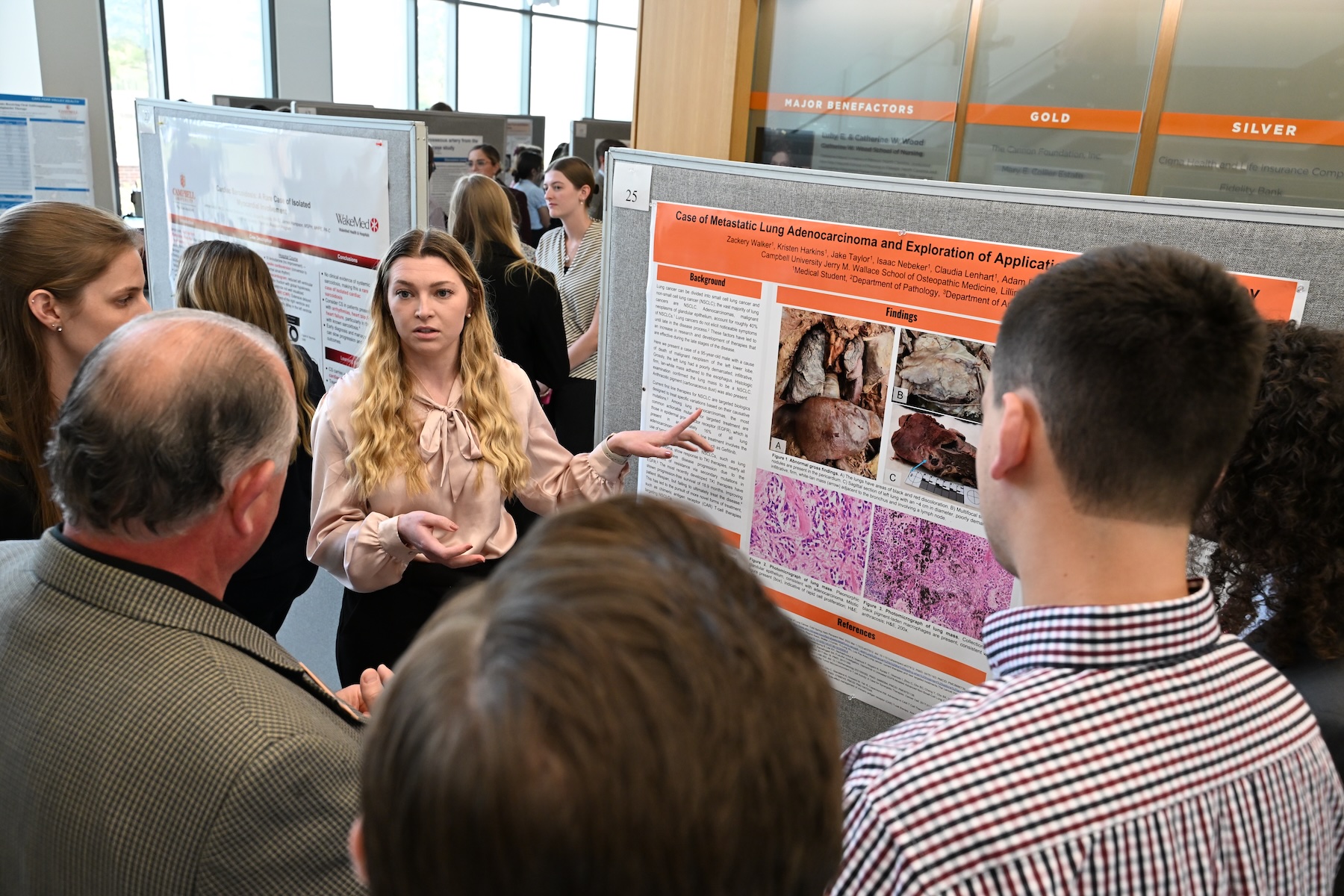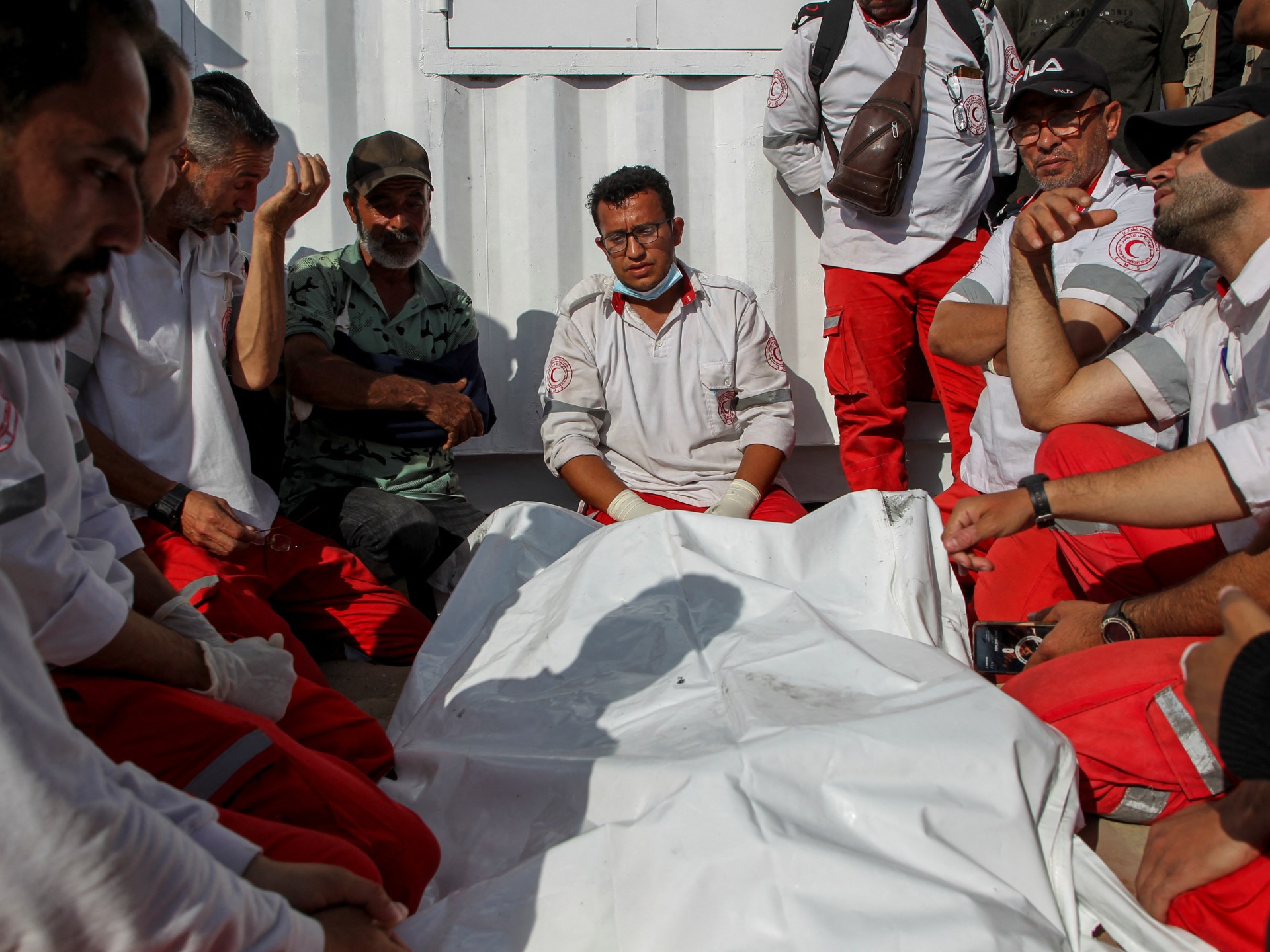Bracing for the Breath Battle: Health Experts Sound Alarm on Upcoming Respiratory Surge
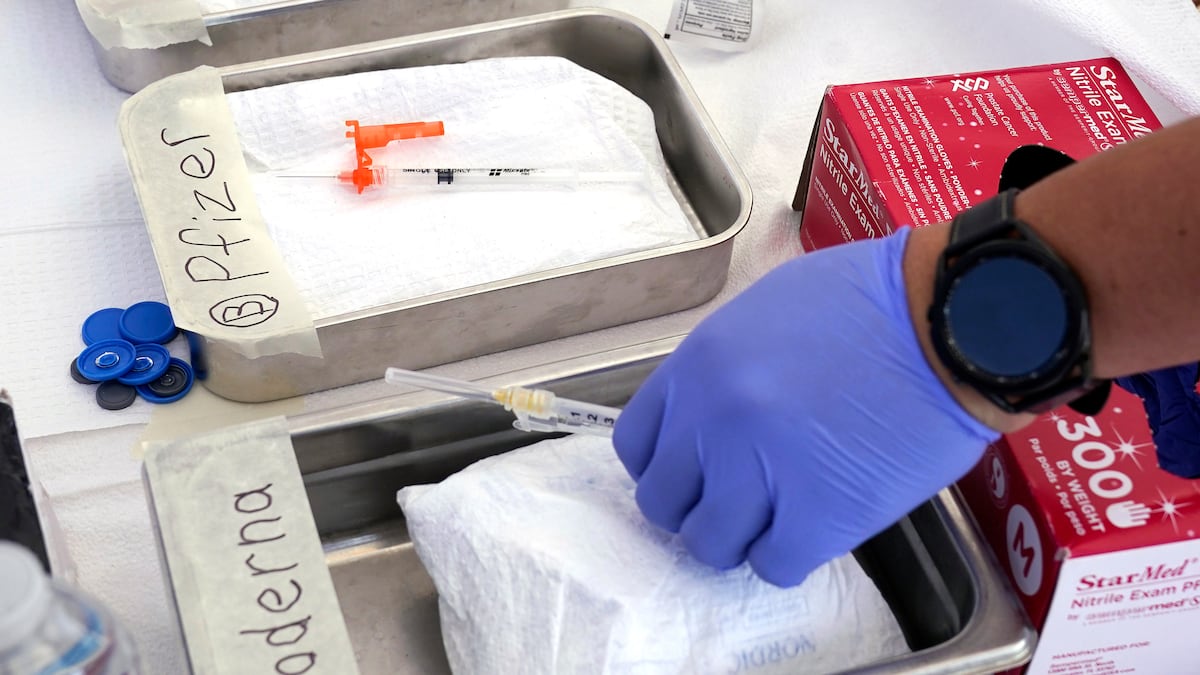
As the warm days of summer fade and autumn approaches, health experts are sounding the alarm about a potential triple threat of respiratory illnesses. Medical officials are warning the public to prepare for potential surges in COVID-19, respiratory syncytial virus (RSV), and influenza during the upcoming fall and winter seasons.
The anticipated rise in cases comes as communities return to more normal social interactions and indoor gatherings, creating ideal conditions for respiratory virus transmission. Health professionals recommend proactive measures such as staying up-to-date with vaccinations, practicing good hygiene, and maintaining awareness of personal health to mitigate potential spread.
Families, schools, and workplaces are advised to remain vigilant and take preventative steps to protect vulnerable populations. Getting annual flu shots, wearing masks in crowded indoor spaces, and maintaining good hand hygiene can significantly reduce the risk of contracting and spreading these seasonal respiratory illnesses.
While the prospect of multiple virus circulating simultaneously may seem daunting, healthcare experts emphasize that informed and responsible behavior can help communities stay healthy and resilient during the upcoming respiratory season.

